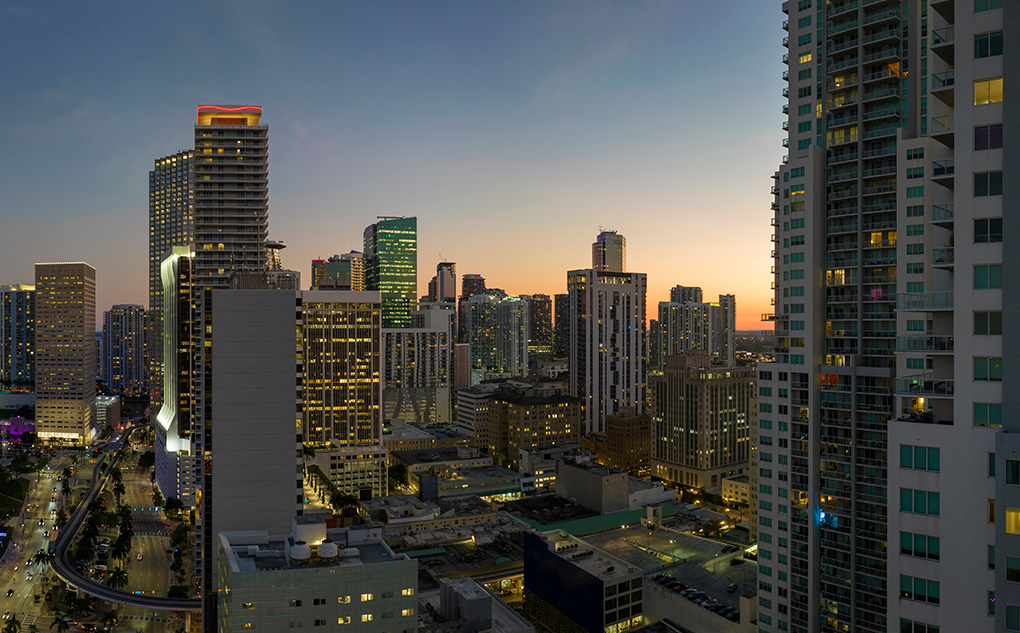Submarkets With Low Inventory Growth Maintaining Rent Increases

U.S. absorption rates are strong, and occupancy is holding steady, and all the while rent growth has vanished. Why?
When comparing the average year-over-year rent growth among submarkets that fall into different distribution ranges of annual inventory growth, supply’s impact on rents becomes clear.
Submarkets across the U.S. that have grown their existing base by less than 2.5% are still achieving modest (yet positive) rent growth, according to data from RealPage Market Analytics. Submarkets with 2.5% to 5% growth logged slightly less growth, and so on and so forth.
You can see that by the time you get to 7.5% or greater inventory growth, downward pricing adjustments become pretty substantial. Some good examples in this tranche include Dallas/Fort Worth submarkets Frisco & Keller, Round Rock in Austin and downtown Salt Lake City – all of which are growing apartment inventory by >10% but are cutting rents to a considerable degree.
All said, this is a pretty simple explanation: more supply = increasing the quantity of available units in a geography = the supply/demand curve from your econ 101 class shifting to the right (or in applied terms, more availability resulting in less pricing power even when demand is constant).







